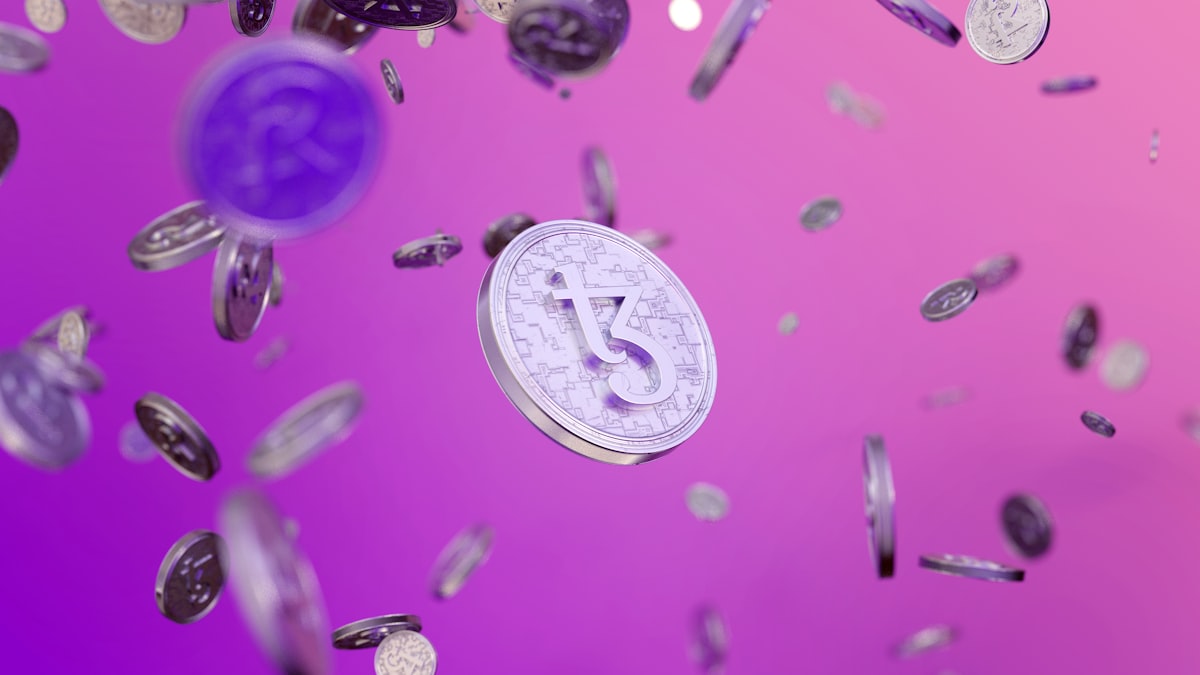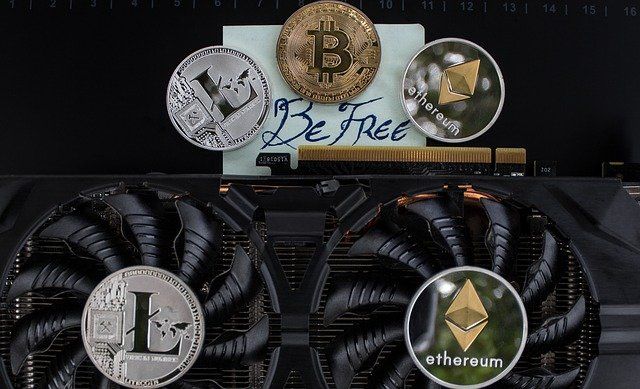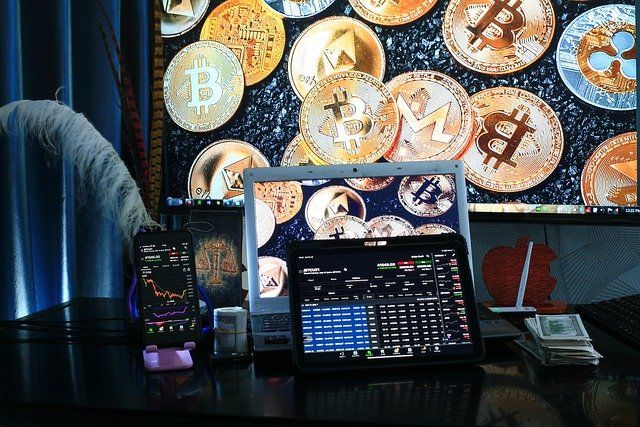The use of digital money is booming; so are challenges
There are three types of digital currencies: cryptocurrencies, stablecoins, and virtual currencies. The challenge is to have technological capacity, infrastructure, education, and financial culture.

In the future, payments will be made with digital currency, which will tend to replace physical and paper money, a situation that will undoubtedly occur in this decade. In 2030 the use of this modality will be greater and it will happen quickly, because the pandemic has speeded it up by changing habits and customs, considered Ricardo Morales Pelagio, an academic at UNAM's School of Accounting and Administration (FCA).
Institutions and companies had to implement this at forced marches, and the changes were made in one or two years, something that would take us 10 to 15 years; "however, physical money will not be substituted", estimated the expert in corporate finance and market efficiency. The difficulty in countries like Mexico is that they have a robust informal economy and a large sector of the population lacks access to digitalization, so they are still economies that largely use banknotes and physical currency.
In addition to the fact that not all consumers are banked or financial inclusion is not very broad, let alone digital technology, this is going to set Mexico back a little more than in other economies where currency could be replaced more easily. Having the technological capacity, infrastructure, as well as education and financial culture are some of the challenges to be faced.
A few weeks ago, the Bank of Mexico announced the inclusion of a digital currency in Mexico, the peso, as legal tender, but no longer in paper money, no longer physical, but digital. It is not that it will issue a cryptocurrency or a stablecoin, but a digital currency, that is, it could issue money, but it would not do it physically on paper, it will do it digitally, something that other central banks in the world have already considered.

Do you prefer digital money?
There are at least three types of digital currencies: cryptocurrencies (without backing); stablecoins (stable, issued by banking institutions), and virtual (protected by central banks).
Cryptocurrencies are the popular term with which a virtual asset is known, under Blockchain technology, which allows encrypting and sending this algorithm, which is used as a means of payment, but it is not a currency, it is used as such without being one because it is backed by the trust of the users. It has no guarantee other than trust as a means of payment, a use for transactions, and the attraction is that it lacks regulation, there is no intermediary, then there is greater freedom.
The boom in its use is that, in addition to the ease of being unregulated, with the growing crises and the issuance of money by central banks globally, there is uncertainty or distrust of the value of conventional money, as we know it as legal tender, and people prefer to opt for these assets without being physically in one place.
In Mexico, the users are some companies, especially in tourist areas, such as restaurants that accept this means of payment. However, it is minimal the largest volume is for investment purposes because they are too volatile, they are high-risk assets and that is an attraction for investors who have low or no risk aversion, who is in the expectation of obtaining large profits.

For example, a year ago bitcoin was over 65 thousand dollars; today it is at approximately 37 thousand, so it has very pronounced swings. There are thousands of cryptocurrencies and some of them, if they do not consolidate, will disappear because they depend on use and trust to survive.
Some are virtual assets that are not backed, the other type of digital currency is the stablecoins or stable tokens, which are also cryptographic assets, similar to the cryptocurrency, but they are backed by a legal tender and are issued by banking institutions. In addition, the backed by a central bank, which we could see in Mexico with the so-called CoDi (digital transfer platform) of Banxico.




